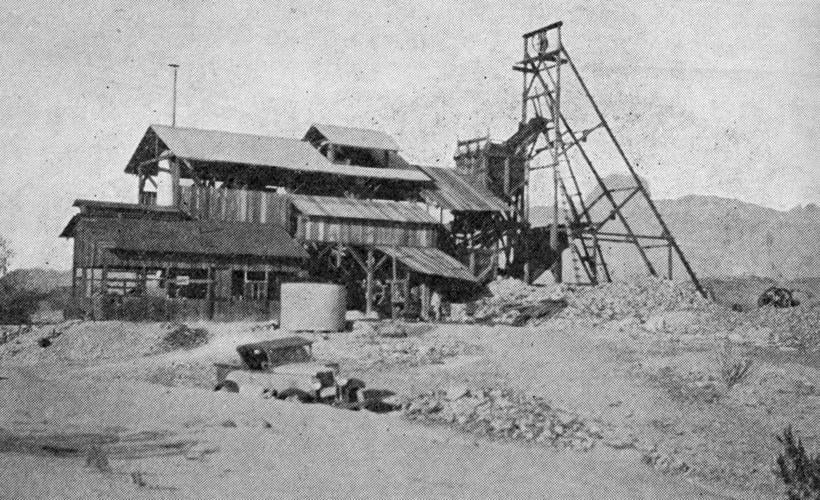Promising silver deposits attracted miners in what became known as the Castle Dome District, one of oldest and longest-lived mining districts in Arizona.
The Yuma-area district includes a scattered group of mines around a 4-square-mile area.
Patented by I.M. Barney in the late 1870s, the district is located 45 miles northeast of Yuma in what is now known as the Kofa National Wildlife Refuge. It was first described in J. Ross Browne’s book, “A Tour Through Arizona,” published in 1864.
William P. Blake, Arizona mineralogist and president of the Castle Dome Mining & Smelting Co., gave a further account of the district in 1880 in a private report.
Old workings probably created by the Spanish using Indian labor prior to the Gadsden Purchase of 1854 later became the Bright Star, Castle Dome, Mammoth, Silver Age and Splendid Ophir mines.
Fifteen-foot-deep excavations following the ore vein for 100 feet, along with surrounding ore debris, metal outcrops and growth of palo verde and ironwood trees inside the pits indicated the presence of early miners.
Spanish explorers christened the prominent 3,788-foot peak Cabeza de Gigante, or “Giant’s Head.” American prospectors and soldiers later called the same peak Capitol Dome. Surrounding rock formations that appear visually as castle turrets support the name Castle Dome Peak, as it is known today.
Jacob Snively made the first modern silver discovery and claims in the Castle Dome and Middle mountains. A Texan affiliated with Sam Houston, Snively, along with A. Bowman and R.F. Mastin, went on to establish Castle Dome Landing, encompassing 640 acres along the Colorado River in June 1863.
It served as one of the first steamboat landings north of Yuma (then known as Arizona City) built for the purpose of shipping ore from the Castle Dome mines.
Castle Dome City was another town that developed following the discovery of silver and lead deposits. The town included a few stores, a hotel and and a smelter.
The argentiferous galena reported in the district contained a lead deposit as high as 70 percent and $30 to the ton of silver. San Francisco investors lured by the potential of wealth from the Mammoth Lode reportedly assaying $103 a ton of silver, $70 lead and $12 in gold initiated an explosion of dozens of small mines in the district.
Castle Dome City’s brief existence through 1865 was caused by over-speculation, low ore production, lack of transportation and high freight rates, along with the rich gold strikes in the Bradshaw Mountains in Central Arizona, which lured miners away from the silver-lead ore deposits in Western Arizona.
The district revived with the rising market for lead in 1869.
Jack Hamilton of Arizona City and the Butterfield brothers were successful in shipping high-grade galena from the Castle Dome District to the Selby Lead and Silver Smelting Works in San Francisco.
A smelter was built in Yuma in 1875 to handle the ore from the Castle Dome Mine. But the arrival of the Southern Pacific Railroad to Yuma cut transportation costs in shipping, along with alleviating the need to import charcoal from distant sources to run other small adobe smelters in the district.
Ore could be shipped at a profit of $26 per ton.
The Castle Dome district was given positive reviews by the Arizona Sentinel, which reported on the progress of 40 miners employed by multiple companies. Between 1879 and 1882, the district produced $2 million worth of metals. Some of the more renowned mines in the district included the Flora Temple, William Penn, Caledonia and Railroad, all of which were operated by the Castle Dome Mining and Smelting Co., based in New York.





